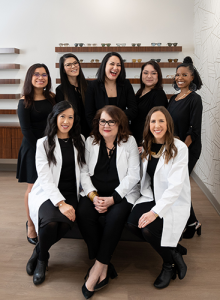
Marco products like chairs, stands, slit lamps and refractors are designed to last generations. If you need proof, meet Linda Rhodes, O.D., F.A.A.O., and her daughter, Ashley Warstler, O.D.
Rhodes, the founder of Eye Shop in Houston, Texas, purchased her first digital refractor, the Marco TRS-1200, back in 1992.
“I was having problems with my neck,” Rhodes says, reflecting on her decision to purchase her first Marco automated refractor. “So I thought if I could get something that was more of a desktop and I didn’t have to raise my arms, it would be more comfortable. After about a year, Marco came back and asked if I would give a testimonial about how quick and easy the machine was. I said, ‘Well, yes, it does all of that, but if you just tell people their back and neck’s not going to hurt anymore, this thing will sell itself.’”
Warstler joined the practice in 2009 and they still use that same Marco TRS digital refractor in one of their exam rooms today. Even though the unit is well beyond its product lifecycle, the only repair it has needed in the last 30 years was a single $50 screw!
Over the years, the Eye Shop has expanded, adding more lanes with Warstler – who holds a degree in finance – making the crucial decisions of what equipment to purchase. Even when she tried to save money by ordering a different digital refractor, she always returned to the Marco TRS.
“We needed so many (devices) that I tried to save money by ordering from someone else,” she explains. “I was at a conference in Las Vegas and decided to try what I just purchased. I panicked because I hated it. It felt like a computer, and there would be a harder learning curve to make it fit into our routine. When I push buttons on my Marco, it responds in real time. Computers break down over time, so choosing Marco saved a lot of money and headaches in the long term.”
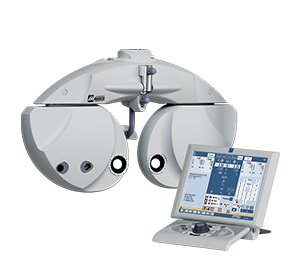
Warstler then sought out her Marco representative, and three Marco TRS-6100 automated refractors soon joined the original TRS-1200 unit at the Eye Shop. They can now have four lanes running simultaneously. With so many patients to keep track of, Marco’s automatic features ensure efficiency and accuracy. Performing an exam is as simple as pushing a button, and transferring results directly from the device to the EMR eliminates human transcription errors.
The new TRS units also added a “Wow!” factor to Eye Shop’s already stylish design. Warstler says patients notice when their clinicians are using state-of-the-art equipment. “The way you test for astigmatism is different on (the TRS-6100),” she says. “Patients notice and say, ‘Wow. You bought a new machine. This is awesome.’
“I recently had a patient comment on how their previous eye doctor had an ‘old’ machine where they turned dials. When patients see that, they think it’s archaic.”
With their Marco refractors providing simple, consistent, reliable results, Rhodes and Warstler can focus on helping their patients and, most importantly, enjoy going to work every day.
“When I talked to my roommates in college, they’d say how their parents didn’t like their jobs,” Warstler says. “I started looking for people who loved what they do and noticed my mom was so happy. She never complained. She loved her work. I started thinking about how I wanted to work with people and have the flexibility to be a mom and raise kids. I’ve been here for 15 years and love what I do.”
If you’re interested in learning more about how the Marco TRS-6100 automated refractor can help your practice, click here or reach out to your local Marco Area Manager.
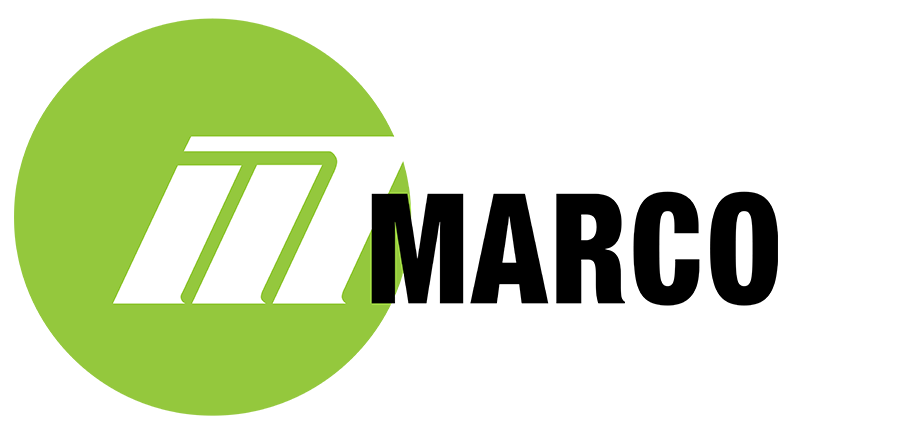

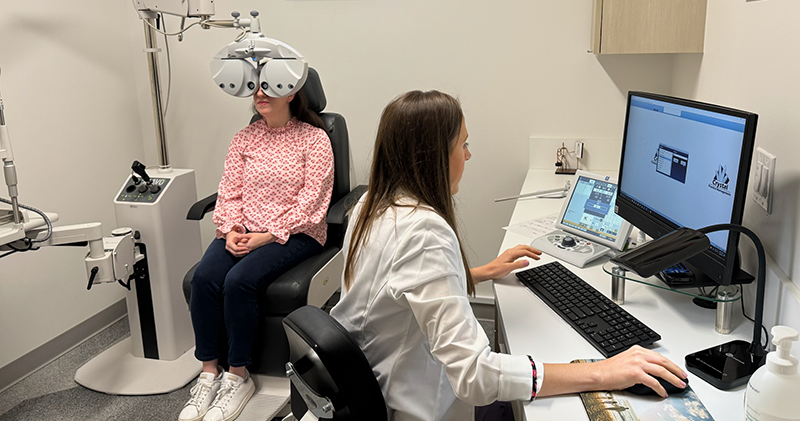
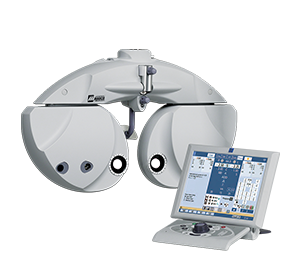
 Showing patients their new Rx also removes “awkward conversation”
Showing patients their new Rx also removes “awkward conversation”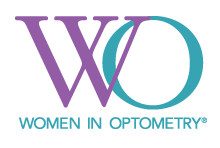
 Of her three exam lanes at
Of her three exam lanes at 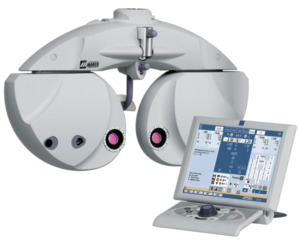
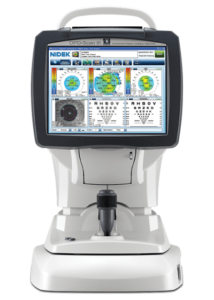
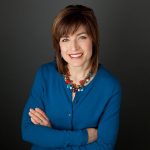 One of the first investments that Michelle McReynolds, OD, made when she opened cold was with the Marco OPD Scan III Wavefront Aberrometer and TRS automated refraction system. “I was looking for anything that would make my work faster because I didn’t have a technician when I first opened. It was just me doing everything,” she recalls. She opened West County Vision Center in St. Louis, Missouri, in 2011.
One of the first investments that Michelle McReynolds, OD, made when she opened cold was with the Marco OPD Scan III Wavefront Aberrometer and TRS automated refraction system. “I was looking for anything that would make my work faster because I didn’t have a technician when I first opened. It was just me doing everything,” she recalls. She opened West County Vision Center in St. Louis, Missouri, in 2011.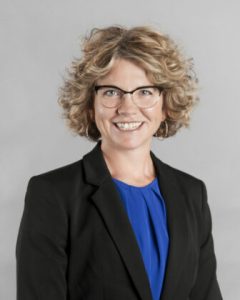

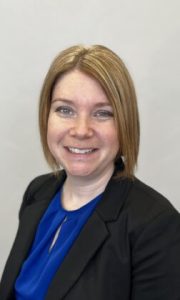
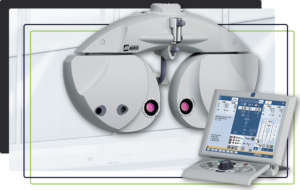

 Kathleen Joyce, OD, of EYECARE for You, makes a firm distinction between the different automated refraction systems out there. “My refractions are doctor-driven, but I love having the technology that helps me get to an accurate subjective refraction more quickly,” she says. That is important to her in her two practice locations where she focuses on medical services and custom fit contact lenses. “The refraction is a pivotal part of the exam, and my
Kathleen Joyce, OD, of EYECARE for You, makes a firm distinction between the different automated refraction systems out there. “My refractions are doctor-driven, but I love having the technology that helps me get to an accurate subjective refraction more quickly,” she says. That is important to her in her two practice locations where she focuses on medical services and custom fit contact lenses. “The refraction is a pivotal part of the exam, and my 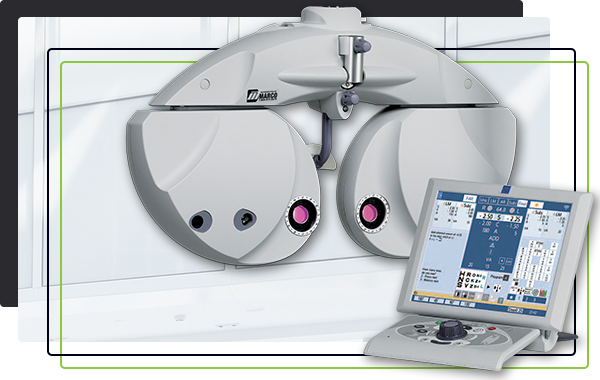
 After about nine years of having an automated refraction system in the practice, Heavin Maier, OD, of Eyes for Life in Spokane, Washington, couldn’t imagine practicing without it. When she added another lane of equipment, the Marco
After about nine years of having an automated refraction system in the practice, Heavin Maier, OD, of Eyes for Life in Spokane, Washington, couldn’t imagine practicing without it. When she added another lane of equipment, the Marco 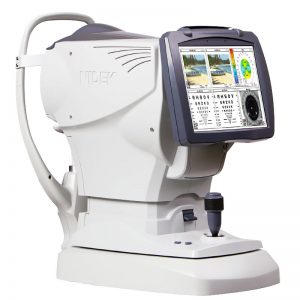 The patient experience
The patient experience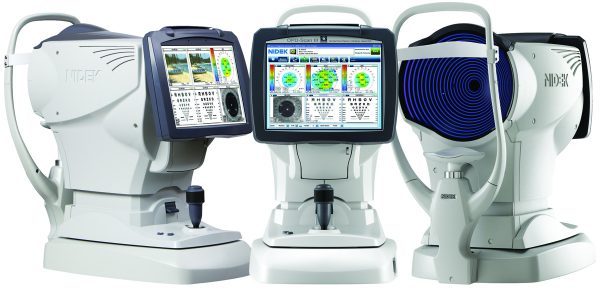
 Claudio Lagunas, OD, is a builder of practices. He has owned nine—with four at one time—but now has just two. One is his established practice in Woodlands, Texas. He and his wife Grisel Lagunas, OD, recently acquired an existing practice in Spring, Texas, when the opportunity was too good not to jump at it.
Claudio Lagunas, OD, is a builder of practices. He has owned nine—with four at one time—but now has just two. One is his established practice in Woodlands, Texas. He and his wife Grisel Lagunas, OD, recently acquired an existing practice in Spring, Texas, when the opportunity was too good not to jump at it.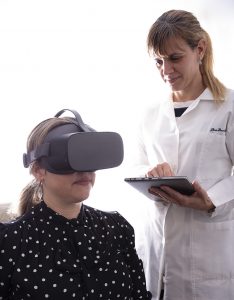
 Automated system for refractions brings physical relief, too.
Automated system for refractions brings physical relief, too.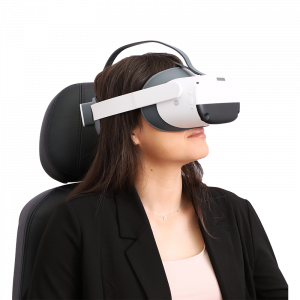
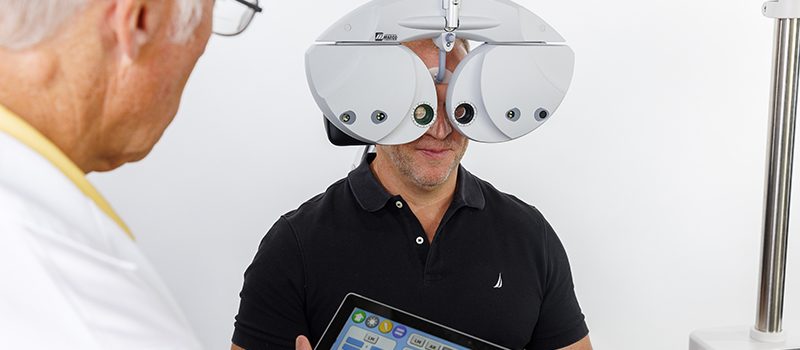
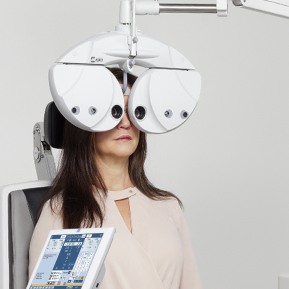 “I’ve gotten patient referrals from other customers exclusively based on how impressed they were with my equipment,” says Dr. Andrea Knouff of Eyeclectic Vision Source in Atlanta, GA. “In today’s internet-savvy world, we must stay up to date on technology and separate ourselves from the competition.”
“I’ve gotten patient referrals from other customers exclusively based on how impressed they were with my equipment,” says Dr. Andrea Knouff of Eyeclectic Vision Source in Atlanta, GA. “In today’s internet-savvy world, we must stay up to date on technology and separate ourselves from the competition.”